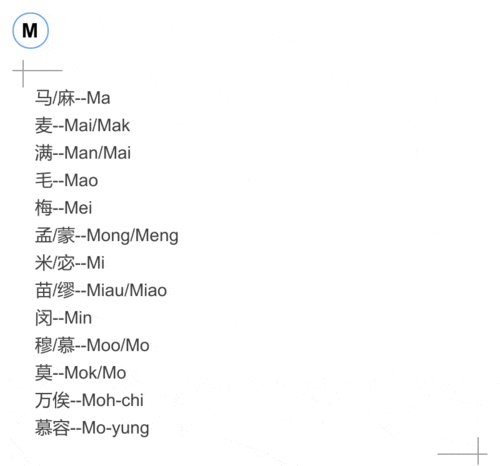电气自动化外文翻译: "Electrical Automation" Translation
Introduction
Electrical automation refers to the use of electrical systems and technologies for the automatic control and operation of various industrial processes, machinery, and systems. It encompasses the integration of electrical engineering, control systems, and automation technologies to streamline and optimize operations in manufacturing, power generation, transportation, and other sectors.
Key Components of Electrical Automation
1.
Programmable Logic Controllers (PLCs)
: These are ruggedized industrial computers used to control different manufacturing processes and machinery on the factory floor.
2.
Sensors and Actuators
: Sensors such as proximity sensors, photoelectric sensors, temperature sensors, and pressure sensors are used to monitor the process variables, while actuators such as motors, valves, and pumps are used to control the process.

3.
HumanMachine Interface (HMI)
: This includes the graphical user interface that allows operators to monitor the process in realtime and interact with the automation system.
4.
Supervisory Control and Data Acquisition (SCADA)
: SCADA systems are used for remote monitoring and control of a plant or equipment.
5.
Industrial Communication Networks
: These networks, such as Ethernet/IP, PROFINET, and Modbus, are used to facilitate communication between different automation devices.
Importance of Electrical Automation
Enhanced Efficiency
: Automation reduces the need for manual intervention, leading to increased efficiency and productivity.
Improved Safety
: Automated systems can handle hazardous tasks, thus reducing the risk to human workers.
Quality Control
: Automation ensures consistent product quality by minimizing human error.
Cost Savings
: While the initial investment in automation systems can be significant, they often lead to longterm cost savings through increased productivity and reduced labor costs.
Applications of Electrical Automation
1.
Manufacturing
: Automation is widely used in discrete and process manufacturing industries for tasks such as assembly, packaging, and material handling.
2.
Power Generation and Distribution
: Automated systems are used to control and monitor power generation processes and the distribution of electricity in utility grids.
3.
Transportation
: In the transportation sector, electrical automation is used in automated guided vehicles (AGVs), rail signaling systems, and traffic control systems.
4.
Building Automation
: This includes the automation of HVAC systems, lighting, security, and other building functions to improve energy efficiency and comfort.
Future Trends in Electrical Automation
1.
Industry 4.0 and IoT Integration
: The integration of automation systems with the Internet of Things (IoT) will enable realtime analytics, predictive maintenance, and enhanced connectivity.
2.
Robotics and Cobots
: The use of robots and collaborative robots (cobots) in conjunction with automation systems is set to increase, particularly in manufacturing.
3.
Cybersecurity
: With increased connectivity, ensuring the security of automation systems will be of paramount importance to protect against cyber threats.
Conclusion
Electrical automation plays a crucial role in modern industry, offering numerous benefits in terms of efficiency, safety, and quality. As technology continues to advance, the integration of automation with other emerging technologies will further revolutionize industrial processes, making them smarter, more efficient, and more connected.
以上是关于电气自动化的相关内容,希望对你有所帮助。
文章已关闭评论!
